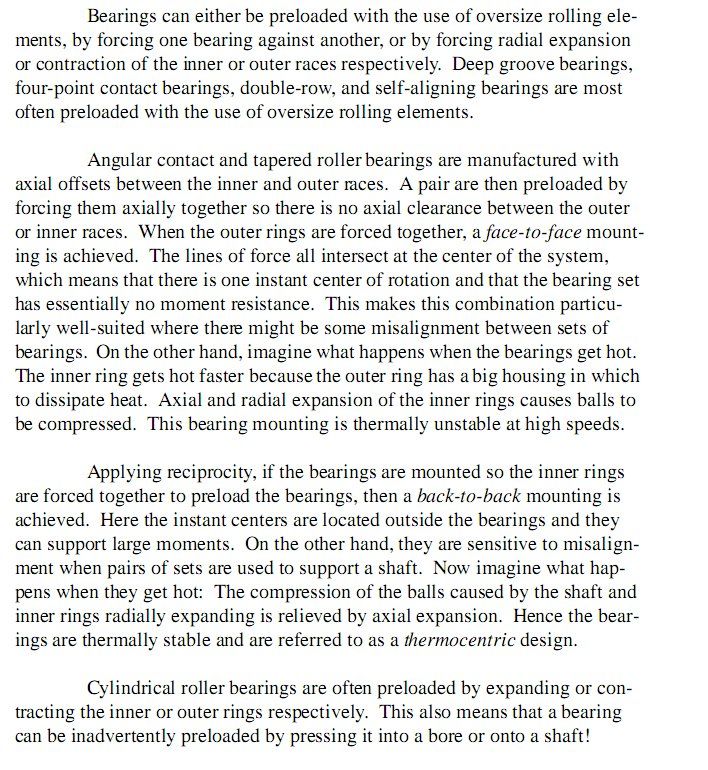There are no assumptions at all about the behaviour of the older style boxford spindle Michael. Other similar arrangements are likely to behave in a similar fashion for very simple reasons.
I've probably mentioned on here that twin bearings on the front of a spindle can be better also the reason for many lathe having long head stocks compared with spindle size. Also the same aspect in relationship to plain bearings. The reasons are similar after a fashion.
I could also mention that some lathes with twin bearing arrangements at the front also tighten up when warmed up. Again there is no surmise about that what so ever.
As to the rest we have all been exposed to different things and different expertise in our life times. Some more so that others and in totally different areas.
Twerp – well if some one chooses to be rude to me I am likely to do so back in a more obvious fashion. Especially when they are entirely wrong.
John
–
John Haine.





